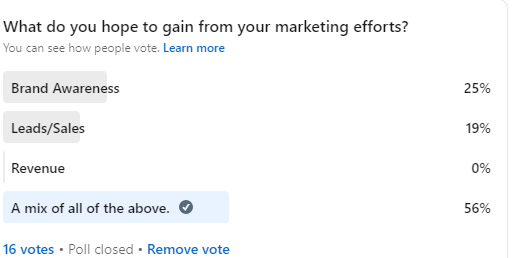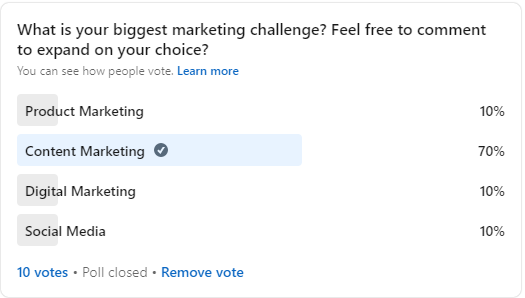Trends in the US Auto Industry: Key Insights from the 2025 Auto Forum New York
I covered Automotive Forum New York, the day before the New York International Auto Show. This event connects Automotive thought leaders with Manufacturers and Dealers. Attendees learned about trends and insights in the Automotive industry, focusing on the dealer side of the business.
The auto forum started with an economist who analyzed the US Economy as a whole, followed by Thomas King, President, Data & Analytics Division, Chief Product Officer at JD Power, who analyzed the US auto industry, addressing the issue of tariffs and electric vehicle mandates on the automotive industry.
Thomas shared some interesting statistics and analysis.
The State of the Automotive Industry
The US put a 25 percent tariff on vehicles made outside the United States.
Vehicle exposure for US Retail sales amounts to $62 billion, translating to $4782 on average for every vehicle sold, or 10.6 percent of the price. However, this spread is asymmetric across brands. For example, brands where the tariff makes up 1 to 4 percent of the sales price sell more than brands where the tariff makes up a higher percentage of the sales price. As a result, dealers can not simply pass a 25 percent tariff on to their customers without a significant sales decline.
What can dealers and OEMs do immediately for the long term?
Dealers can focus on pricing incentives, shipping, rationalizing their portfolio, leveraging a global sales footprint to increase prices in other markets, right-sizing local production, optimizing part sourcing to increase US production, and eventually building more plants in the United States.
Thomas predicts that vehicle prices will increase 5 percent on average $2300, with an annual retail sales pace SAAR decrease of 8 percent or 1.1 million sales.
Industry Regulations & the EV Landscape
In the 2025 Industry Regulations & the EV Landscape panel, there was a conversation about how manufacturers and dealers are impacted by differing incentives, fines, compliance, and manufacturing mandates from the federal and state governments, resulting in a lack of uniformity. This will impact sales and profitability.
Improving the Customer Experience at Auto Dealerships
Anu Roberts, Director of Product Marketing at CDK Global, shared a study highlighting a correlation with shorter purchase time on the customer journey (2 hours or less), improved customer experience, and an increased net promoter score. Anu also shared how dealers are using AI, which included:
- AI assistant for lead generation and qualification
- AI assistants for providing information to customers
- Scheduling appointments for customers
- Targeting marketing campaigns based on segments
- Analyzing customer feedback
She suggests dealers audit their buying process to lower customer friction, testing how long it takes to purchase a car.
What’s next for OEMs, Dealers, and Manufacturers?
Senator Bernie Moreno, a former car dealer, advised dealers and manufacturers on improving relationships with one another and the US Government in the Golden Age of Retail panel. He suggested working with the Trump administration in a collaborative partnership to manufacture cars people want to buy instead of cars they need to sell because of mandates and regulations.
It was a great event with many great panels. I learned a lot about the automotive industry.
I want to thank J.D. Power, NADA, and the New York International Auto Show for having me as their guest.









